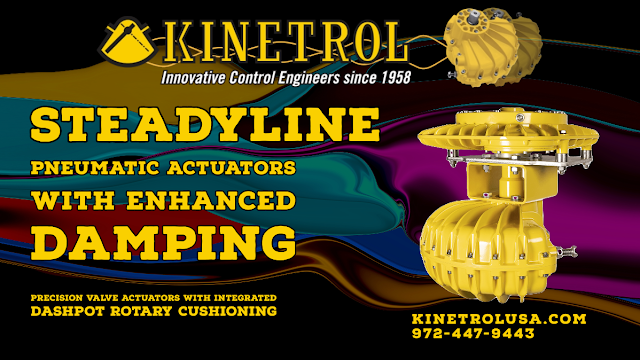In terms of cost, frequent replacements or repairs of actuators can lead to higher expenses over time. An actuator with a longer cycle life might have a higher initial cost, but its extended operational lifespan can minimize the need for frequent maintenance or replacement. By reducing the frequency of replacements and potential system downtimes, plants can maintain a more steady production rate and avoid unexpected costs related to equipment failure.
Safety is paramount in industrial settings, and an actuator's cycle life plays a role here, too. Actuators that don't achieve their expected cycle life can fail unexpectedly, potentially leading to uncontrolled valve movements. Such unpredictable behavior can harm personnel, the environment, and other equipment. For example, if a valve doesn't open or close as expected because of an actuator failure, it could release hazardous materials or create unsafe operating conditions in the plant.
Efficiency is another area where the cycle life of an actuator is crucial. When actuators on industrial quarter-turn valves operate consistently within their expected cycle life, they ensure the valves open and close as intended, allowing for the precise control of fluid flows. This accuracy is critical for maintaining optimal process conditions. When an actuator is nearing the end of its cycle life and begins to underperform, it can lead to inefficiencies, such as inaccurate flow rates or incomplete valve closures. These inefficiencies can affect product quality, yield, and overall system performance.
Kinetrol's claim of up to 4 million operations for its rotary actuator isn't just a mere statistic; it's a statement of endurance, reliability, and superior engineering. This impressive feat provides engineers and plant maintenance staff with undeniable advantages in terms of cost savings, enhanced safety, and operational efficiency when operating industrial valves.
In essence, Kinetrol's commitment to pushing the boundaries with their rotary actuator's impressive operational capacity isn't just an engineering achievement. It's a boon to the industries that rely on such equipment. Through cost savings, heightened safety, and enhanced efficiency, Kinetrol's rotary actuator stands as a testament to how advanced engineering can profoundly impact industrial operations.
Kinetrol USA
https://kinetrolusa.com
972-447-9443





